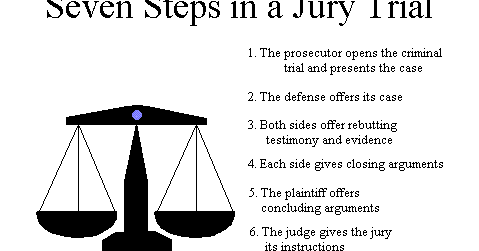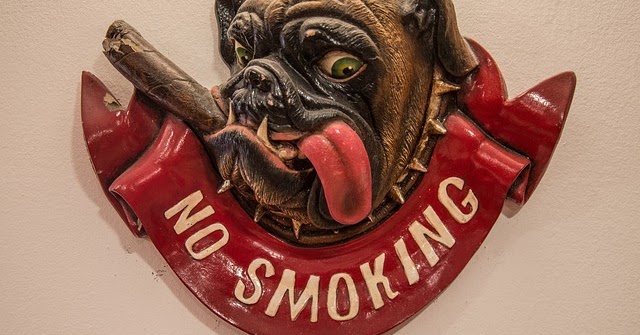


The opinion quotes an extended portion of the exchange between the judge and defendant.

The opinion does not review the facts of the charged crimes and instead focuses on the procedure in the case. The State and the defendant entered into a plea agreement in which the State would dismiss the first-degree sex offense charge in exchange for the defendant’s open guilty plea to the indecent liberties charge. The defendant was charged with first-degree statutory sex offense, a Class B1 felony, and taking indecent liberties with a child, a Class F felony. Because there was a dissent, the case will go to the North Carolina Supreme Court for further review.
Plea colloquy trial#
In a two-to-one decision, the court upheld the trial level judge’s rejection of an open guilty plea where the defendant maintained his innocence. This dual approach preserves the prosecutor’s discretion on the charges to pursue, the defendant’s autonomy about whether to accept or contest the charges, and the judge’s authority to determine the sentence.Ī recent Court of Appeals decision, State v. In that instance, the judge may reject the plea. 15A-1022(b) addresses pleas when the State and the defendant have agreed on a sentence, thus limiting the judge’s sentencing discretion. The statute provides that the judge “must” accept the plea as long as it the product of “informed choice” (essentially, it is voluntary, knowing, and understanding) and there is a factual basis for the plea. 15A-1023(c) addresses “open” pleas, meaning the defendant pleads guilty to the charges without a deal about sentencing. North Carolina’s statutes have seemed clear to me.
Plea colloquy how to#
The Court left to each state how to handle such pleas-whether to prohibit them, to allow each judge to decide whether to accept them, or to require their acceptance. Such a plea, now known as an Alford plea, is constitutional as long as the defendant “voluntarily, knowingly, and understandingly” enters the plea and there is a “strong factual basis” for the plea. 25 (1970), the United States Supreme Court concluded that it is constitutionally permissible for a defendant who does not admit guilt to enter a plea of guilty. This indicates that misdemeanor-only plea cases may be rushed through the court process and that these defendants may not be provided the same information about the consequences of their pleas as felony defendants, posing a threat to the validity of these pleas.In North Carolina v. Results show plea hearings for misdemeanor-only defendants were significantly shorter and, as a result, included significantly fewer questions compared to felony defendants. Information on the length of the hearing and the types of questions asked during the judicial colloquies was compared for the 520 (87.7%) defendants who pled to felony charges versus the 73 (12.3%) defendants who pled down to misdemeanor-only charges. The current study examines potential variations in judicial plea colloquies by systematically observing plea hearings (n = 593) in a suburban circuit court. However, prior research on felony plea hearings suggests that key elements of plea validity may not always be present, indicating there is variation in how courts assess plea validity. Ideally, plea validity evaluations would be consistent across courts and jurisdictions. Since the majority of criminal cases end in a guilty pleas, there is growing research on issues related to the plea process, including ways in which the court determines the validity of guilty pleas.


 0 kommentar(er)
0 kommentar(er)
